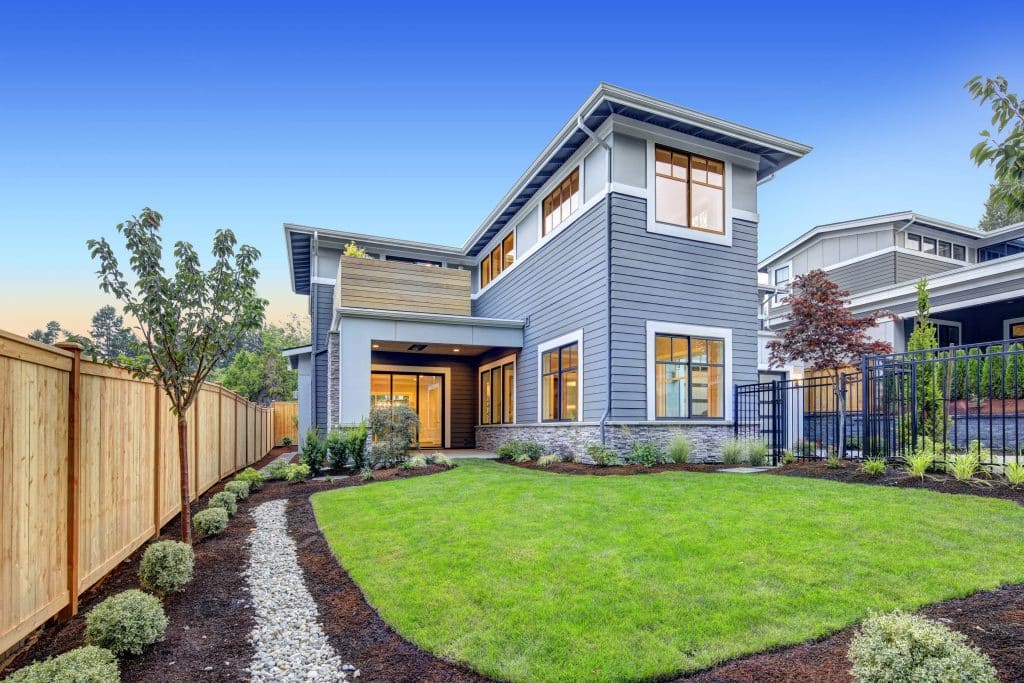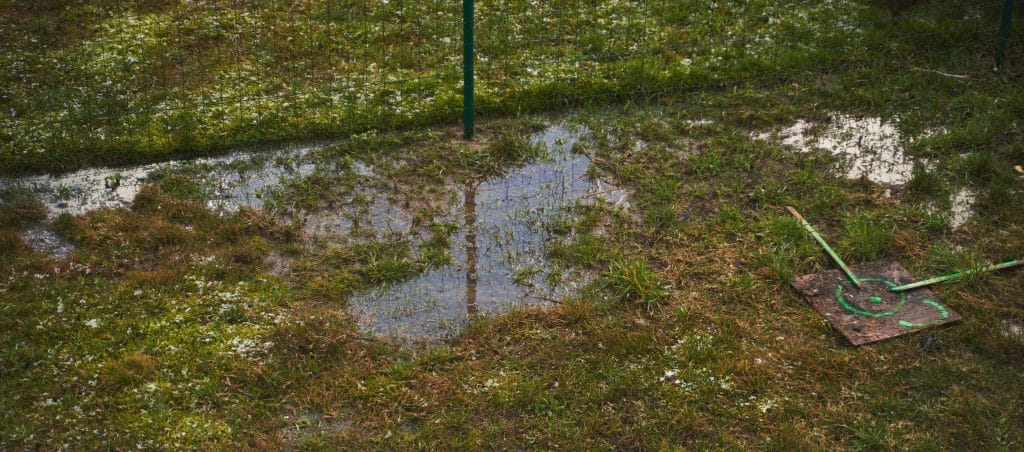
Do you often find your yard filled with pools of water after heavy rainfalls or snow melting? If Yes, you are not alone. Poor drainage can lead to various problems, including water damage to your home’s foundation, soil erosion, and even mosquito infestation. If left unchecked, these problems can become costly and time-consuming to fix.
Rest assured that by implementing appropriate yard drainage solutions, you can prevent these issues and maintain a dry and healthy yard throughout the year. In this article, we will provide you with a comprehensive guide to the basics of yard drainage solutions that you can apply to ensure the health and safety of your property.
Why Do Yards Have Drainage Issues?
Having proper drainage is crucial for maintaining a healthy and functional yard. However, various factors can cause drainage problems, and it is essential to know what to look out for.
Understanding the reasons behind poor yard drainage can help you take steps to fix the problem before it causes significant damage to your yard or home.
Here are the top reasons that affect yard drainage:
Soil Type
Certain soil types, such as clay or compacted soil, can restrict water flow and cause drainage problems.
Slope
If your yard is relatively flat or it has a negative slope (i.e., sloping towards the house), water will tend to accumulate, and it will be challenging to move it away from your home’s foundation.
Obstructions
Objects such as rocks, roots, or debris can block drainage pathways, leading to water buildup.
Poorly Designed Drainage System
Some yards may have a drainage system in place that is inadequate or poorly designed, leading to poor drainage. Poor drainage can cause soil erosion and water damage to the home’s foundation and landscaping.
Heavy Rainfall
During heavy downpours, yards may not be able to handle excess water which leads to pooling and flooding.

What To Consider When Searching for Yard Drainage Solutions
There are several factors to consider when choosing a yard drainage solution. From understanding the underlying issues that cause poor drainage to selecting the appropriate drainage system for your yard, considering these factors will help you identify the best solution for your needs.
Soil
Sandy soil is beneficial for yards with poor drainage because it has large pore spaces that allow water to flow more easily. It means water can drain away from the surface more efficiently, reducing the risk of waterlogging and improving drainage overall.
Slope
If your yard has a positive slope, water will naturally flow downwards, making it easier to channel it away from your home.
Water Source
Knowing the source of water can help you determine the best drainage solution. A high water table can create water-logged yards and require special attention.
Downspouts and Gutters
Well-maintained gutters and downspouts help to channel water away from the house, but poor installation or clogs can create water accumulation near the foundation.
Landscaping
Landscaping features, such as garden beds, patios, and walkways, can disrupt water flow and cause drainage issues.
Local Codes and Regulations
You need to check your local zoning and drainage codes to determine the permitted solutions in the area.
Budget
Yard drainage solutions range from inexpensive DIY solutions to more expensive professional installations. Always consider your budget when choosing the best solution for your needs.
Maintenance
Some drainage solutions require more maintenance than others. It is important to consider the time and effort needed to maintain the solution when choosing the best option for your yard.
Environmental Impact
Consider the impact of drainage solutions on the environment. Solutions that minimize environmental damage are the best.
Climate
Climate plays an essential role in determining the most effective drainage solution. Areas with heavy rainfall may require more advanced drainage solutions than areas with less precipitation.
Yard Drainage Solutions
Let’s focus on some effective yard drainage solutions that can help prevent flooding, erosion, and water damage to your property.
By implementing these solutions, you can improve the functionality and appearance of your yard, as well as protect your home and other structures from costly water damage.
French Drains
A French drain has gravel which alters the direction of the water away from your home’s foundation.
The solution works by collecting water in the trench and channeling it away from your home through a perforated pipe.
You can install this in a variety of locations around your yard and is an effective solution for draining water from low-lying areas.
Swales
A swale is a shallow ditch designed to collect and redirect water. This solution is perfect when you want to divert water away from the foundation of your home or other structures on your property. To filter out pollutants and debris from the water, people usually line swales with plants or other materials.
Dry Wells
A dry well is a large hole filled with gravel or crushed stone designed to collect and store water. It works by allowing water to percolate through the gravel or stone and then slowly filter back into the surrounding soil.
The solution is particularly effective for areas with heavy clay soil that does not absorb water well.
Rain Gardens
Rain gardens are planted areas designed to capture and absorb rainwater. They work by collecting water from your yard and then allowing it to percolate into the soil slowly.
Rain gardens are good with native plants that can withstand drought and heavy rain, making them a sustainable solution for managing excess water.
Sump Pumps
A sump pump is a device that goes into the basement to pump water from the crawlspace. It is particularly effective for homes that are prone to basement flooding or have a high water table.
Generally, sump pumps go inside a pit within the crawlspace or basement, and they get connected to a drain pipe that carries water away from your home.
Bottom Line
When it comes to yard drainage solutions, it is crucial to identify why your yard may not be draining properly, as this can guide the selection of appropriate remedies. Factors to consider include soil composition, the yard’s slope, and the location of downspouts and gutters.
Possible solutions include installing French drains, using dry wells, creating rain gardens, and regrading the yard. To prevent damage to your lawn, foundation, and other structures on your property, you must promptly address any standing water. By implementing the right drainage solutions, you can protect your property and enjoy a vibrant lawn.
